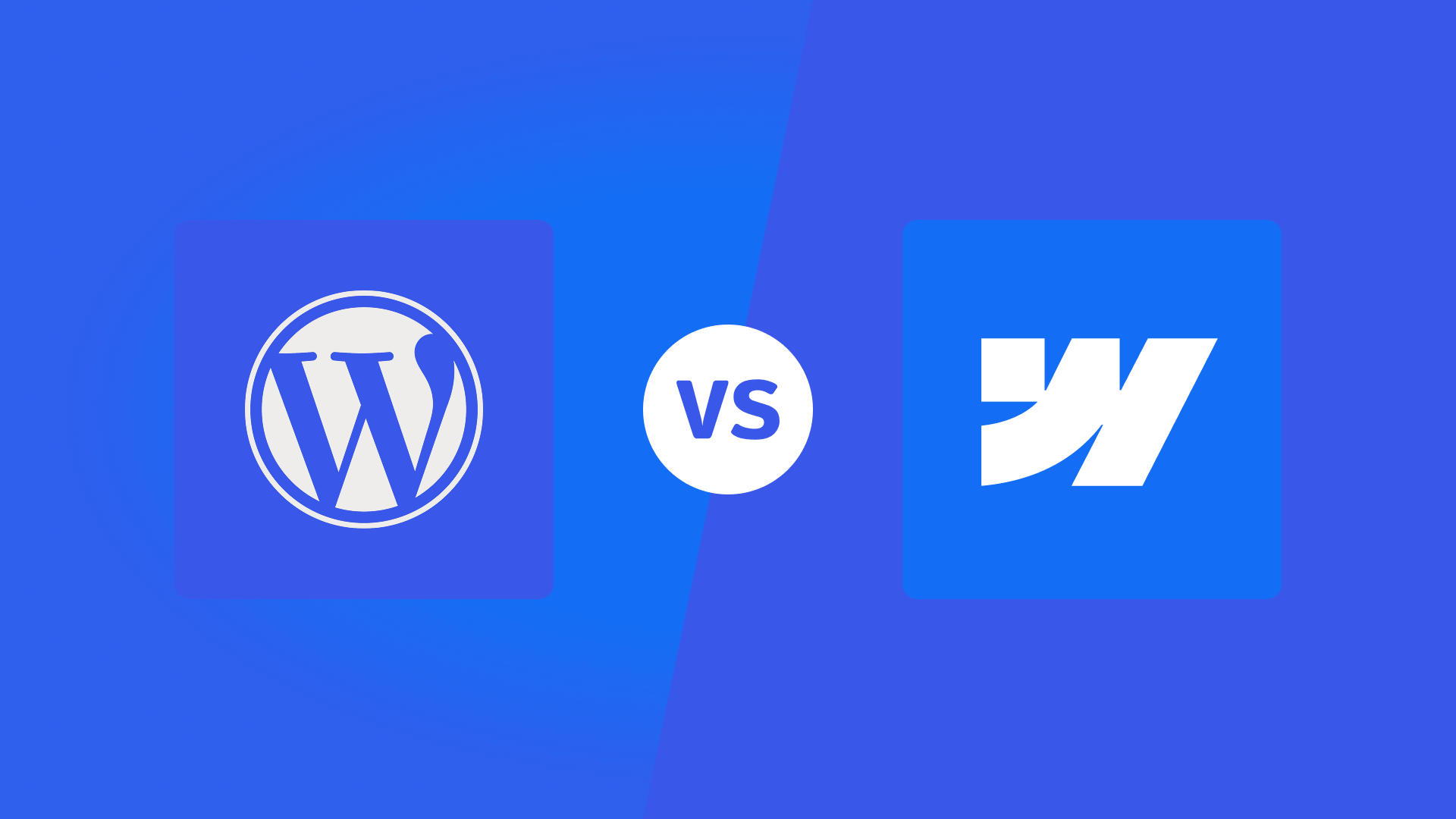How much does a lead cost? How to calculate both budget and value
Would you buy something without knowing the price? Well, probably not. Still, many marketers put their ad budgets a little on sentiment, not knowing what a lead might actually cost. The result? Often a feeling that one is “burning money on advertising” rather than seeing the marketing as an investment.
In this guide, we'll show you how you can easily count on the thing. First through a quick calculation based on the number of leads and estimated cost per lead and then a more in-depth calculation where we figure out what a lead factually may cost.
Step 1: Budget based on number of leads and CPA
The first and easiest way to calculate a budget is to start from how many leads you want and what cost per lead (CPA) you are expected to have.
Examples: Imagine that you run an online store that sells coffee machines. You want to drive more leads through ads and aim to get in 100 new leads during the next campaign. You appreciate that you want to pay the max 250 kr for a lead. You use that figure to quickly figure out your budget:
Now we count:
- You want 100 Leads.
- You are willing to pay 250 kr for a lead.
- Budget = 100 × 250 = 25 000 kr.
It's done! With this model, you can quickly get a sense of what budget is required to reach your lead goals.
⚠️ But: here you are just starting from an estimate. It says nothing about whether your leads are actually worth $250. This is where step 2 comes in.
Step 2: Determine what a lead will cost
Now we delve deeper and count backwards based on your company's actual numbers. To know what a lead can cost, you need three key parameters:
- Conversion rate How many of your leads become customers?
- Average revenue per customer What is a customer worth in dollars?
- Profit margin -- how much of the revenue is pure profit?
Examples: Let's return to the coffee machine shop. This time we look at the numbers a little deeper and use more background. You sell every coffee machine for 10 000 kr and your profit margin after purchase, shipping and overhead costs is 2000 kr per machine. You will also see that by 10 Leads (someone who fills out a form, downloaded a guide, or otherwise provided their contact information) then 1 person customer.
Now we count:
- Revenue per customer: 2000 SEK (after margin).
- Conversion Rate: 10% (1 in 10 becomes a customer).
- Lead value: 2000 × 0.1 = 200 kr.
This means that on average each lead is worth $200 to you.
If you pay less than 200 kr per lead In marketing, you make money. If you pay more than 200 kr per lead then you lose money.
⚠️ This example shows that the first quick calculation does not always give the full picture. If you only start from an estimated figure, you may think that you are making money, but in fact you risk going back. By figuring out what a lead is actually worth to your company, you get black and white whether your budget leads to profit or loss.
Common mistakes
- Just count on the first purchase. Many customers come back so don't forget the lifetime value (CLV).
- Not including all the costs. Sales time, tools and follow-up should also be included in the calculation.
- Not adjusting for industry and season. Conversion rates vary widely.
💡 Think of it like buying a dog: it's not just the purchase price, but also the food, toys and vet visits.
How to use both methods
- For the quick calculation: use step 1 (CPA × number of leads) to quickly understand what budget is required.
- To ensure profitability: use step 2 (the lead value formula) to determine if your plan is actually holding up financially.
Together, they give you both an estimate and a business reality check.
From math to market decisions
Counting on leads isn't about being a math lover, it's about making smarter decisions. When you know what a lead costs, you can both set a reasonable budget and feel confident that your investments will lead to profitability.
Do you want to count on your own budget?
Our calculator — ROI Ready — gives you a clue as to how profitable your campaign can be. You add how much you are willing to invest in budget, your estimated CPC, and how many of your leads will be business on average. The result shows both whether the campaign is making a profit or a loss — and how many trades you can expect to get in.




